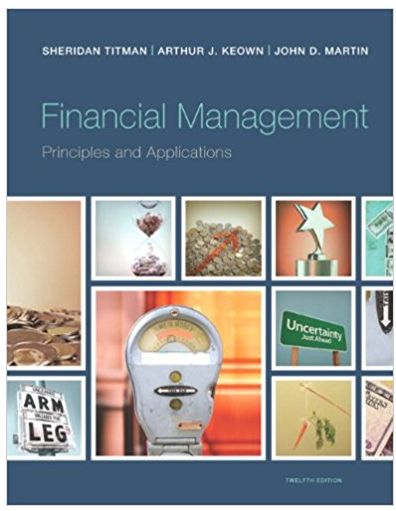Star Industries owns and operates landfills for several municipalities throughout the U.S. Midwest. Star typically contracts with
Question:
a. What are the project’s NPV, IRR, and MIRR?
b. Is this a good investment opportunity for Star Industries? Why or why not?
Discount Rate
Depending upon the context, the discount rate has two different definitions and usages. First, the discount rate refers to the interest rate charged to the commercial banks and other financial institutions for the loans they take from the Federal...
Fantastic news! We've Found the answer you've been seeking!
Step by Step Answer:
Related Book For 

Financial Management Principles and Applications
ISBN: 978-0133423822
12th edition
Authors: Sheridan Titman, Arthur Keown, John Martin
Question Posted:





